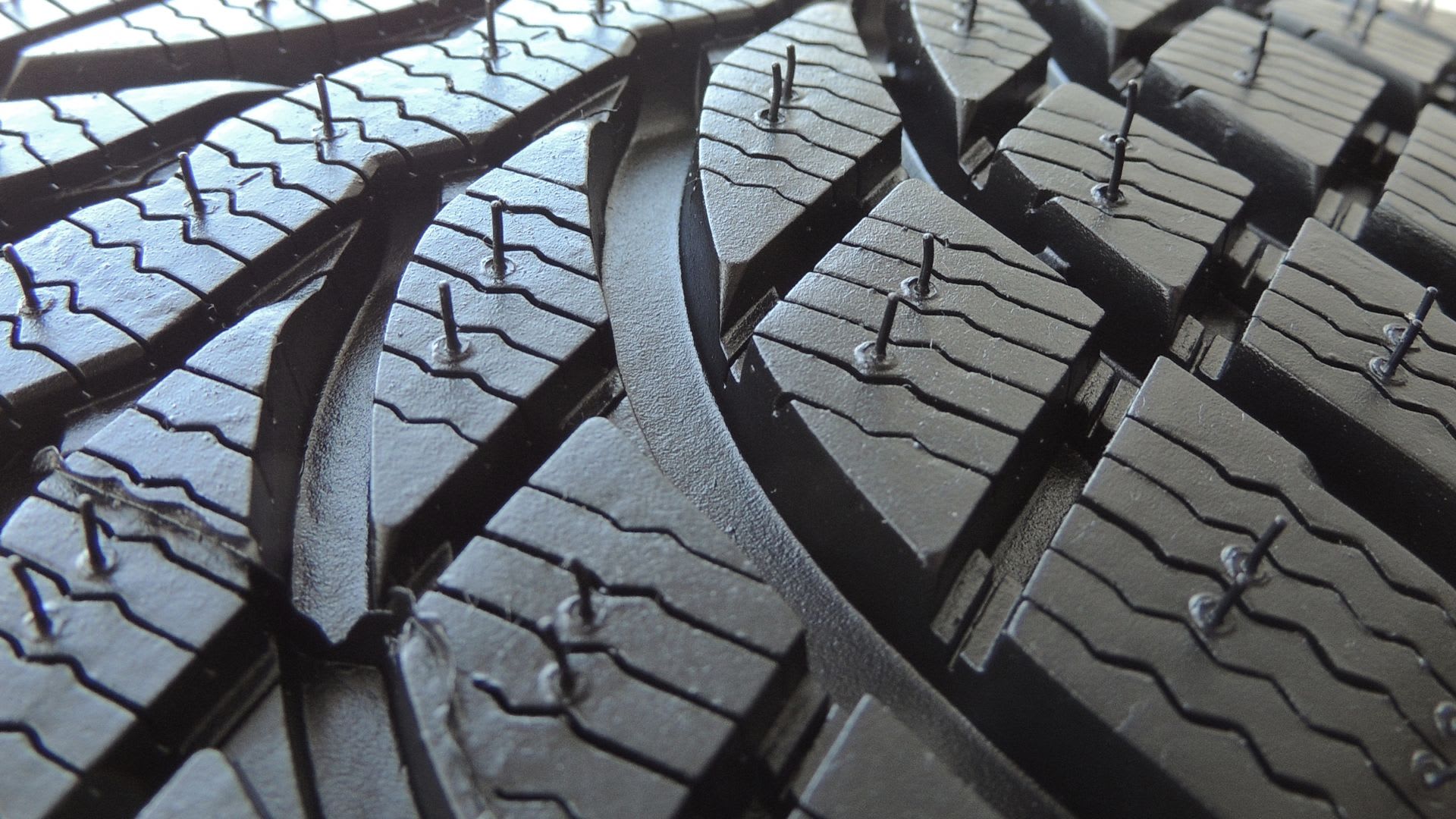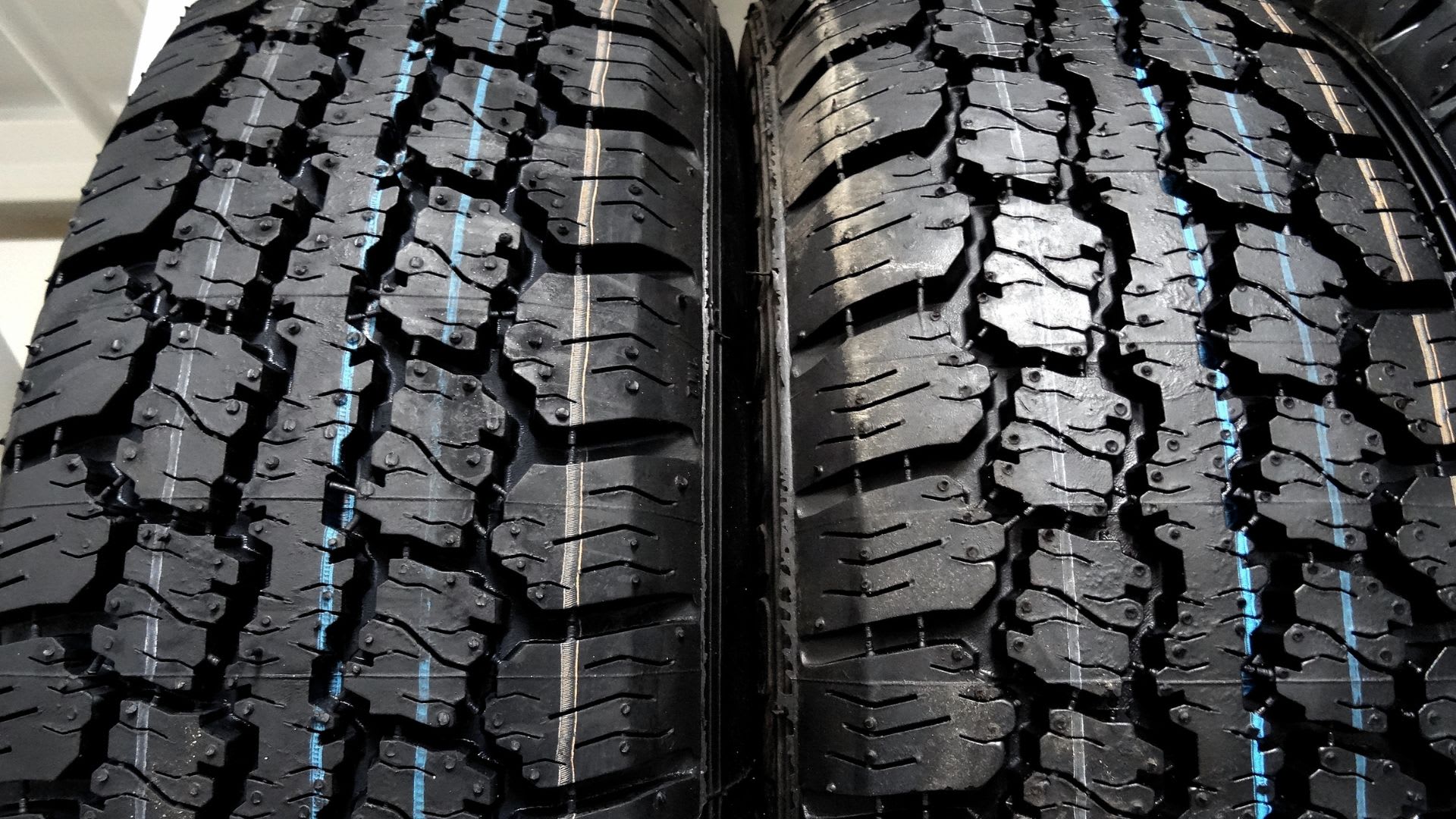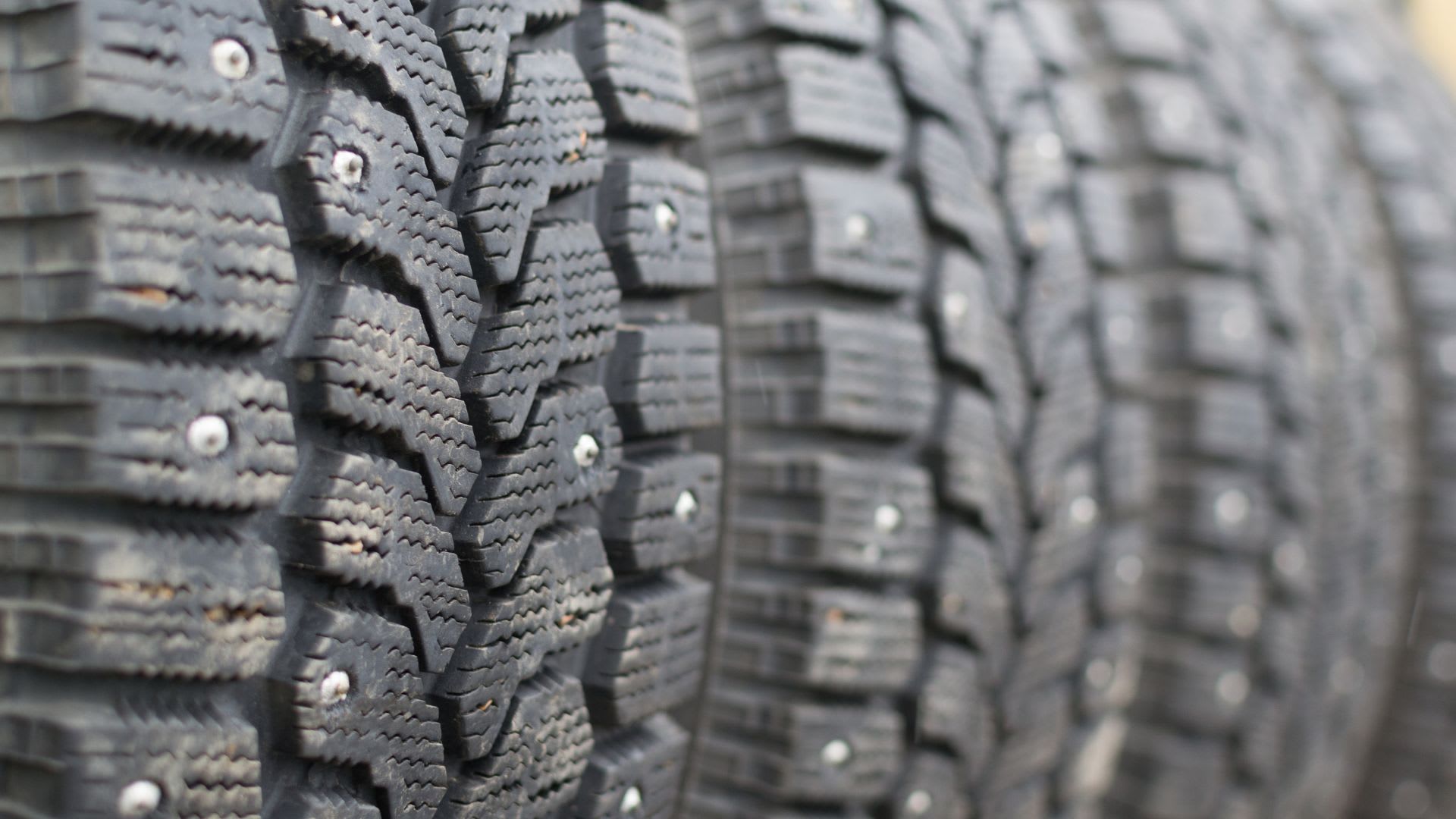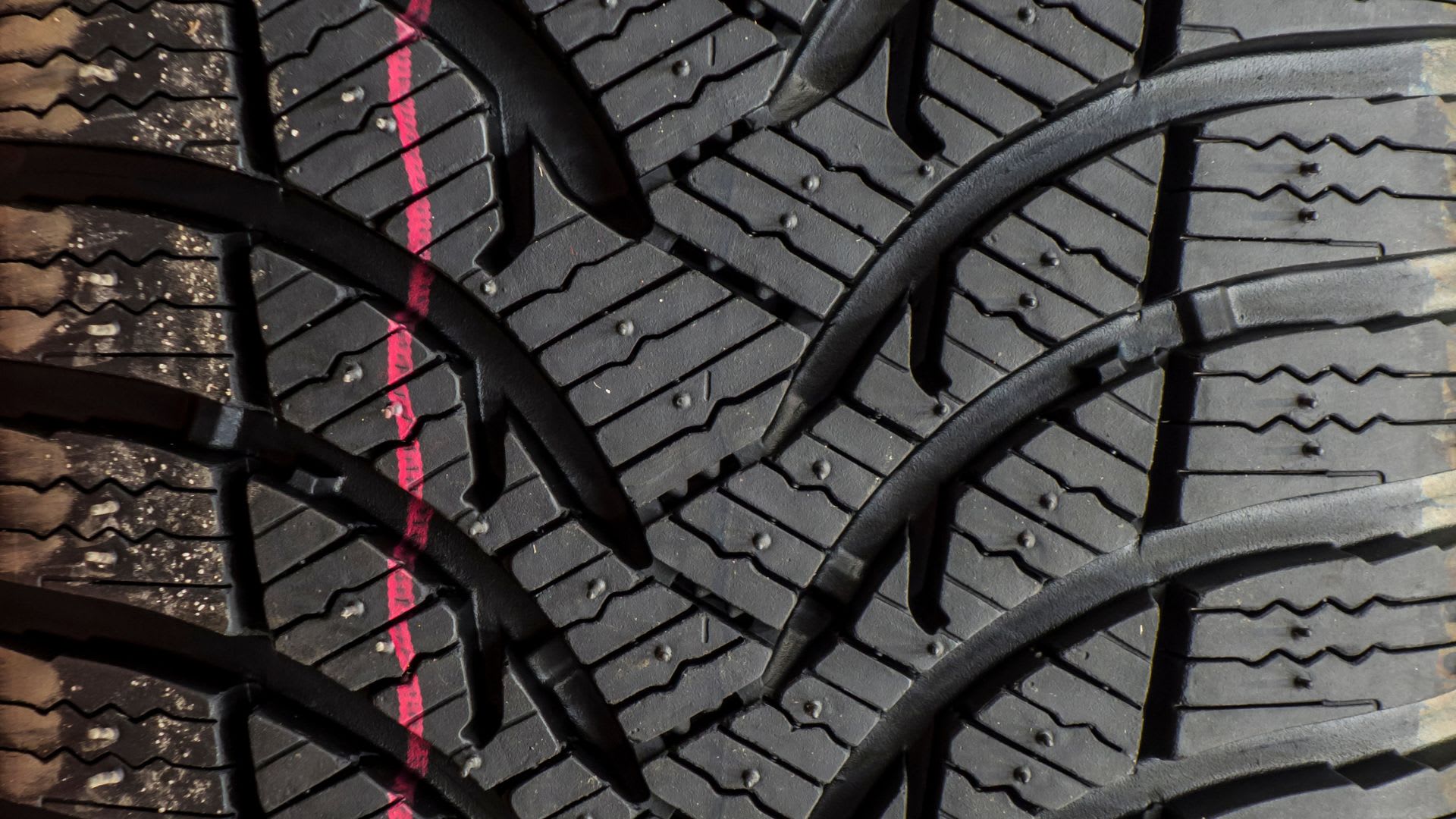Tire Maintenance & Safety
Free shipping
Best price guarantee
Special pricing
Financing with Resolve
Easy returns

Tire sipes represent one of the most misunderstood features in modern tire technology. These tiny slits cut into tire tread blocks serve a crucial purpose: enhancing traction when road conditions turn challenging.
The invention dates back to 1923 when John Sipe, a worker who grew tired of slipping on wet floors, discovered that cutting small slits in his shoe soles dramatically improved his grip. This simple innovation eventually revolutionized tire design, transforming how vehicles handle wet, icy, and snowy roads.
Today's drivers encounter sipes on virtually every tire they purchase, yet few understand how these microscopic cuts actually work. Whether factory-installed or added aftermarket, sipes play a vital role in tire performance—though not all siping methods deliver equal results.
What Are Tire Sipes?
Tire sipes are thin slits strategically cut into the tread blocks of your tires to enhance traction on slippery surfaces. These cuts typically measure between 0.015 to 0.030 inches wide and extend partially through the tread block depth. Unlike the larger grooves that channel water away from the tire, sipes create hundreds of additional biting edges that grip the road surface.
The technology behind siping transforms a smooth tread block into a flexible, adaptive surface. When your tire rolls across wet pavement or ice, these slits open slightly to expose sharp edges that bite into the road. The process works similarly to how a serrated knife cuts more effectively than a smooth blade—multiple edges provide superior grip compared to a single continuous surface.
Modern tire manufacturers incorporate several types of sipes into their designs:
- Straight sipes: Simple linear cuts that provide basic traction improvement
- Zigzag sipes: Wave-like patterns that offer enhanced grip while maintaining tread block stability
- 3D sipes: Advanced interlocking designs that prevent excessive tread squirm while maximizing surface contact
The placement and density of sipes vary depending on the tire's intended use. Winter tires feature the highest concentration of sipes, often containing thousands of these tiny cuts across the tread surface. All-season tires incorporate moderate siping to balance wet-weather performance with dry road handling. Performance tires use minimal siping to maintain maximum rubber contact for optimal grip during aggressive driving.
Manufacturing processes have evolved significantly since Harry E. Sipe popularized his father's invention for automotive use in 1939. Today's tire makers use sophisticated molding techniques that create sipes during the vulcanization process. This method ensures each sipe maintains its structural integrity throughout the tire's lifespan. The internal reinforcement prevents the tread blocks from tearing or wearing unevenly—a common problem with aftermarket siping.
Temperature plays a crucial role in how sipes function. In cold conditions, the rubber becomes stiffer, making the sipes more pronounced and effective at gripping icy surfaces. As temperatures rise, the rubber softens, allowing the sipes to close more completely in the contact patch. This adaptive behavior helps maintain consistent performance across varying weather conditions while preventing excessive heat buildup that could damage the tire.
How Do Tire Sipes Work?

Tire sipes increase traction by adding additional contact points with the road. As a vehicle moves, the weight and motion cause the tire's tread blocks to flex, allowing the sipes to slightly separate and create more edges for gripping. Unlike larger tread grooves, which primarily focus on channeling away large amounts of water, sipes are finely tuned to engage directly with the road surface, improving grip in slick conditions.
This interaction becomes particularly beneficial on wet or icy roads. When sipes open, they effectively manage water, snow, and slush, providing a pathway for these elements to escape from under the tire. This function is vital for maintaining consistent road contact and reducing the risk of losing control. It's akin to how specialized patterns in shoe soles enhance grip by effectively managing surface moisture.
When the tire presses down, the sipes close up, maintaining the tread's strength and durability. This closing action is crucial in ensuring that the tire remains sturdy, preventing uneven wear and ensuring reliable performance in dry conditions. The dynamic behavior of sipes allows them to provide unwavering support across various driving environments, ensuring that tires remain dependable and responsive.
Benefits of Factory-Installed Tire Sipes

Better Traction in Bad Weather
Factory-installed sipes offer a vital boost in handling for vehicles navigating through adverse weather conditions. By cleverly integrating slits within the tread, these tires deliver superior adhesion to wet, icy, and snowy surfaces. The precise design of these sipes ensures that the tire maintains its grip, minimizing the risk of skidding.
Enhanced braking capability is another significant advantage, enabling the vehicle to stop more effectively during sudden maneuvers. The integration of sipes supports the tire in maintaining stability while cornering, reducing the potential for slipping, and providing a reliable driving experience even in challenging conditions.
Smoother Ride Quality
Factory-installed sipes contribute to improved comfort levels by allowing tires to conform to various road textures. This design feature helps in mitigating the impact of road imperfections, leading to a more cushioned and controlled ride. The ability of sipes to adapt to different surfaces results in quieter operation, enhancing the overall driving experience by reducing unwanted noise.
Extended Tire Life
One key advantage of factory-installed sipes is their ability to promote uniform tread wear, which is crucial for extending the longevity of tires. This even distribution of wear helps prevent specific areas from degrading prematurely. Additionally, sipes assist in managing the thermal characteristics of the tire, ensuring that heat is effectively dispersed, which preserves the tire's structural integrity over time. This thoughtful design ensures that tires deliver consistent performance throughout their service life, maintaining reliability and durability for drivers.
Types of Tire Siping
Factory Siping
Factory siping utilizes advanced technology and is an integral part of the tire assembly process. During manufacturing, precise molds incorporate sipes into the tread design, ensuring they are positioned accurately for optimal performance. This approach guarantees that the sipes are a fundamental component of the tire's structure, contributing to its overall durability and safety.
Engineers tailor factory sipes to align with the specific demands of each tire model, taking into account factors like vehicle type and intended usage. This customization allows for enhanced performance across different driving conditions, ensuring that the tires provide reliable traction and handling. Factory-siped tires typically include coverage under a manufacturer warranty, offering protection and confidence to drivers.
Aftermarket Siping
Aftermarket siping, on the other hand, involves manually adding sipes to a tire after it has been manufactured. This method employs specialized tools to create additional slits, intended to improve grip in certain conditions. However, unlike factory siping, this process may introduce inconsistencies and does not benefit from the same level of precision.
Due to the potential risks, aftermarket siping is generally not advised for standard passenger vehicles. Altering tires in this manner can void existing warranties, as modifications are not supported by tire manufacturers. The procedure might also affect the tire's integrity, leading to increased noise and uneven tread wear. These drawbacks often outweigh the potential traction benefits, especially when compared to tires that come pre-siped from the factory.
Are Aftermarket Tire Sipes Worth It?
Exploring the option of aftermarket tire siping brings with it several considerations that are important for vehicle owners. While the goal is to enhance traction, this approach frequently introduces challenges that outweigh its intended benefits. Experts in the tire industry often advise against employing aftermarket siping for routine driving scenarios, as these alterations can jeopardize the tire's original performance features.
Tires designed with factory sipes benefit from advanced engineering, ensuring they meet specific standards for safety and effectiveness. Unlike aftermarket techniques, which may lack uniformity, factory siping is seamlessly integrated during production. This ensures that the tire maintains consistent contact with the road, providing dependable traction without unintended side effects like excessive noise or uneven wear.
Legal considerations also influence the discourse around aftermarket siping. Many jurisdictions impose restrictions due to the potential risks associated with altering a tire's approved design specifications. Modifying tires post-manufacture can lead to unforeseen changes in how they perform under various conditions. For drivers seeking improved grip, opting for tires that come with professionally engineered sipes from the outset ensures both optimal performance and adherence to safety regulations.
When to Consider Tires with Enhanced Siping

Winter Driving Conditions
As temperatures plummet and roads become treacherous, tires with enhanced siping deliver crucial safety benefits. Designed for extreme winter conditions, these tires feature intricate siping patterns that grip snow and ice effectively. The advanced design ensures steady traction without relying on traditional metal studs, allowing drivers to navigate icy roads with greater confidence and comfort.
Wet Climate Regions
For areas experiencing frequent rainfall, opting for tires with specialized siping patterns is advantageous. These tires are crafted to excel in wet conditions by efficiently dispersing water away from the tread, maintaining strong road contact. All-season tires with factory-installed sipes perform exceptionally well under heavy downpours, reducing the risk of hydroplaning and ensuring control and stability on slippery surfaces.
Performance Needs
Drivers looking for heightened performance can benefit from tires designed with strategic siping tailored for superior grip. These tires are engineered to enhance handling and traction during high-speed driving, making them ideal for both sporty road use and competitive racing scenarios. To ensure safety and reliability, it is advisable to select tires with siping integrated during manufacturing, providing a perfect balance between performance and durability for street applications.
Maintaining Tires with Sipes
Ensuring the longevity and effectiveness of tires with sipes involves several key maintenance steps. Begin with regular tire pressure checks; maintaining the correct pressure helps the sipes perform optimally by ensuring the tire maintains proper contact with the road. Consistent pressure checks prevent issues like reduced grip due to underinflation or uneven tread wear from overinflation.
Rotating your tires at intervals suggested by the manufacturer is essential to promote even tread wear. This practice helps keep the sipes functioning efficiently across all tires, preserving their ability to provide traction. Consistent rotation ensures that the wear on the tread—and hence the sipes—remains balanced, prolonging the tire's useful life.
Monitoring the tread depth is vital, as the functionality of sipes diminishes with worn tread. As tread depth decreases, sipes become less effective at channeling water and maintaining grip. Regularly measure tread depth and consider tire replacement when it nears 2/32 inches to ensure continued safety and performance. Additionally, having your vehicle’s alignment checked periodically aids in preventing uneven tread wear, which can impact the efficiency of the sipes.
Shopping for Tires with Optimal Siping
Selecting the right tires starts with focusing on those specifically designed to incorporate expertly crafted sipes. These tires are developed to address particular driving conditions. For those facing snowy winters, choose tires with intricate siping patterns that improve grip on icy surfaces. In areas prone to heavy rainfall, prioritize tires with siping that effectively channels water, enhancing road contact and reducing the risk of slipping.
Reading comprehensive reviews can provide insights into a tire's effectiveness in both wet and winter conditions. User feedback and expert evaluations help you understand how various tire models perform under real-world circumstances. This information is crucial for making an informed decision about which tires will deliver the safety and reliability you need. Additionally, review the technical details provided by manufacturers to compare the specific siping designs and materials used.
Climate considerations are key when determining the most suitable tire features. Assess the typical weather and road conditions you encounter to identify the tire attributes that will offer the most benefit. Whether it's superior traction for snowy roads or enhanced water evacuation for wet environments, tailoring your choice to local conditions ensures optimal performance. Many retailers offer convenient options like free shipping, which can broaden your access to a wider selection of tires without extra costs.
Discussing warranty coverage is essential when shopping for tires. Ensure that the tires you select come with warranties that cover defects and premature wear, including those related to siping. This assurance emphasizes the manufacturer's commitment to their product's quality and performance. Comparing various tire models allows you to identify the best siping patterns for your driving habits, ensuring you invest in tires that meet your specific needs.
Understanding tire sipes empowers you to make smarter decisions about your vehicle's safety and performance in challenging weather conditions. Whether you're navigating winter roads or frequent rainstorms, choosing tires with the right siping technology ensures better traction, improved handling, and peace of mind behind the wheel. When you're ready to upgrade your tires with advanced siping features, we invite you to shop for tires online and find the best deals where our extensive selection helps match you with the perfect tires for your driving needs.
Ready to find the perfect tires?
Search By